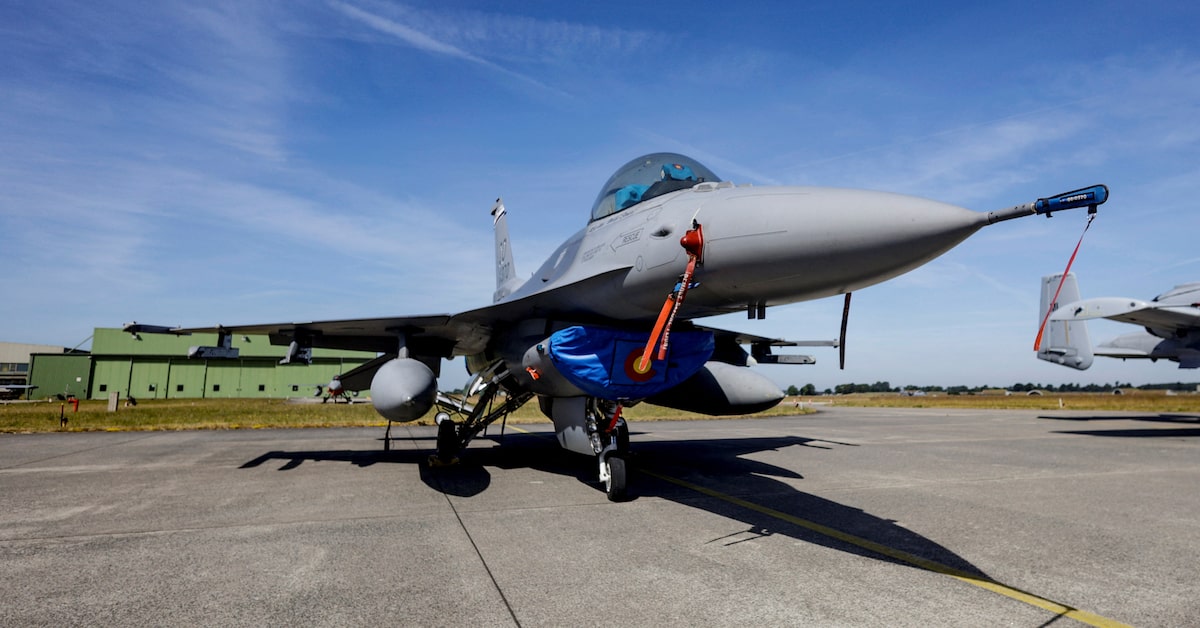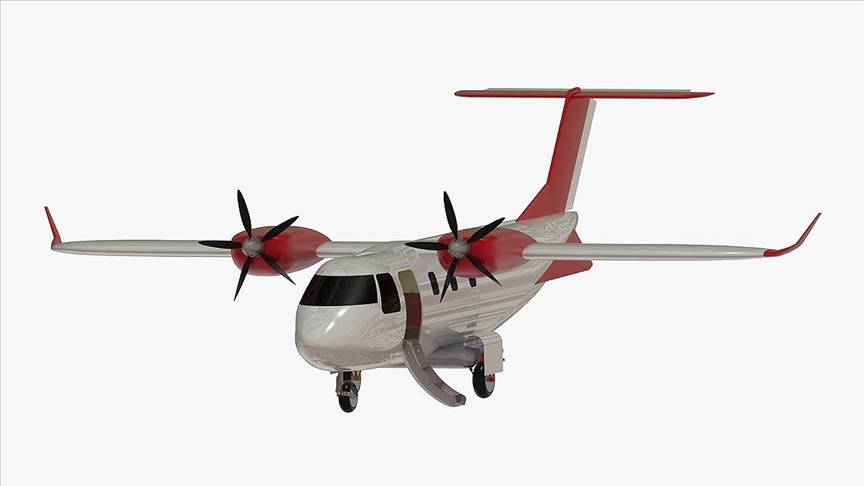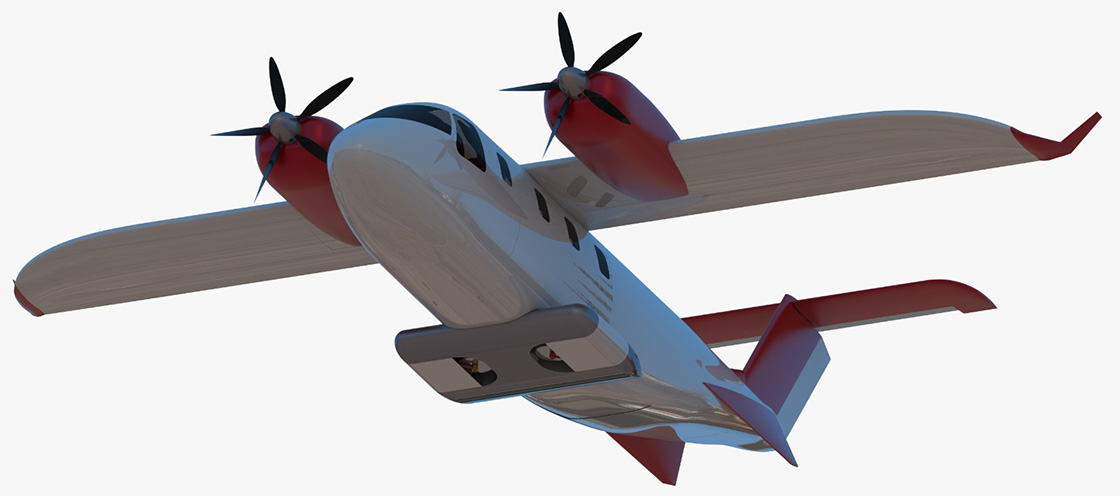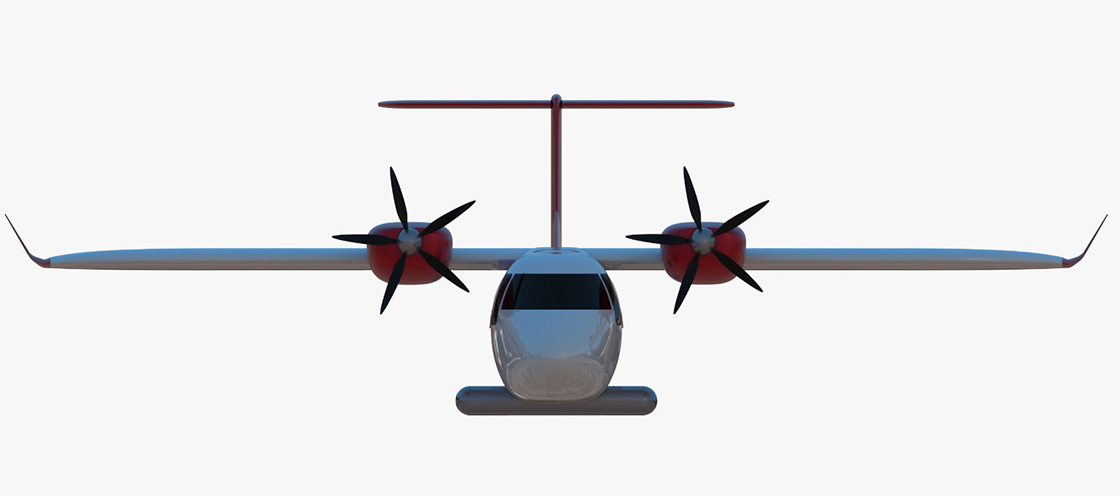I thing it will be test bad for murad radar familyNew aircraft procurement for HAVA SOJ from TAI
Turkish Aerospace Industries (TAI) has added one more Bombardier Global 6000 aircraft to its fleet within the scope of the Air SOJ project.

TUSAŞ’tan HAVA SOJ için yeni uçak tedariki
Türk savunma sanayii, HAVA SOJ projesi kapsamında çalışmalarına hız kesmeden devam ediyor. AirportHaber tarafından yapılan habere göre Türk Havacılık vewww.savunmatr.com
According to the news reported by AirportHaber, Turkish Aerospace Industries (TAI) has added one more Bombardier Global 6000 aircraft to its fleet within the scope of the Air SOJ project. The aircraft purchased from the USA has arrived in Turkey. Arriving on Sunday, 4 September at Mürted Air Base, the aircraft is planned to start modification operations in a short time. It is learnt that Bombardier Global 6000, which was flying with the tail registration N10HD in the USA, will be registered under Turkish registration in the near future.
You are using an out of date browser. It may not display this or other websites correctly.
You should upgrade or use an alternative browser.
You should upgrade or use an alternative browser.
Looks to be second hand, built in 2015.New aircraft procurement for HAVA SOJ from TAI
Turkish Aerospace Industries (TAI) has added one more Bombardier Global 6000 aircraft to its fleet within the scope of the Air SOJ project.

TUSAŞ’tan HAVA SOJ için yeni uçak tedariki
Türk savunma sanayii, HAVA SOJ projesi kapsamında çalışmalarına hız kesmeden devam ediyor. AirportHaber tarafından yapılan habere göre Türk Havacılık vewww.savunmatr.com
According to the news reported by AirportHaber, Turkish Aerospace Industries (TAI) has added one more Bombardier Global 6000 aircraft to its fleet within the scope of the Air SOJ project. The aircraft purchased from the USA has arrived in Turkey. Arriving on Sunday, 4 September at Mürted Air Base, the aircraft is planned to start modification operations in a short time. It is learnt that Bombardier Global 6000, which was flying with the tail registration N10HD in the USA, will be registered under Turkish registration in the near future.
Weird. And I haven't seen any confirmation about it being for Hava Soj. We had an event like this last year when a Citation was delivered and it came out to be a calibration aircraft for DHMI.
It being a G6000 raises the odds but let's see. Maybe a testbed of sorts.
President Erdoğan:
“Menendez's exit gives us an advantage, but the F-16 issue is not an issue that depends only on Menendez.”
“Menendez's exit gives us an advantage, but the F-16 issue is not an issue that depends only on Menendez.”
And Pelosi(yan).Nope. Their biggest weapon is Biden. And Biden also corrupt. Trump was very well avare that fact.

Turkey will back Sweden's NATO bid if U.S. keeps promise on F-16 sale - Erdogan
Turkey's parliament will keep its promise to ratify Sweden's NATO bid if U.S. President Joe Biden's administration paves the way for F-16 jet sales to Ankara, President Tayyip Erdogan said on Tuesday, according to Turkish media.
Ok should this is a f-16 problem or foreign policy problem?
This is just lipservice,Biden cant make or keep such a promise.
Turkey will back Sweden's NATO bid if U.S. keeps promise on F-16 sale - Erdogan
Turkey's parliament will keep its promise to ratify Sweden's NATO bid if U.S. President Joe Biden's administration paves the way for F-16 jet sales to Ankara, President Tayyip Erdogan said on Tuesday, according to Turkish media.www.reuters.com
Ok should this is a f-16 problem or foreign policy problem?
She left her positions a while ago.And Pelosi(yan).
She left her positions a while ago.
Look into what her husband was doing.
They are really sick and cooked in the head.
What are you talking about? If you're talking about that bullshit Musk retweeted, it was a lie lolLook into what her husband was doing.
@Ryder They're having fun, lolWhat are you talking about? If you're talking about that bullshit Musk retweeted, it was a lie lol
How the Menendez scandal could end up with Turkey getting F-16s—and Sweden getting into NATO
“Menendez being out of the picture is an advantage,” Turkish President Recep Tayyip Erdoğan told reporters on September 26. Erdoğan said this just days after Senator Robert Menendez (D-NJ), who is facing federal charges of bribery, announced that he would step down temporarily as Senate Foreign Relations Committee chairman.
Even if he does not resign—which many of his Democratic colleagues are now calling for him to do—Menendez’s departure from the powerful position seems to have already set in motion changes for the US-Turkey relationship. Throughout his time as chairman, Menendez was sharply critical of Turkey and more favorable toward pro-Greek and pro-Armenian causes.
What could Menendez’s departure as committee chair change? After all, the basic structure of the US-Turkey relationship remains the same. Turkey is, as it has long been, a strategically important but challenging ally for the United States. Concerns over human rights and democracy in Turkey, as well as over its relations with Russia, are widely shared among US lawmakers, but they are weighed against the country’s positive contributions to NATO (including with the Alliance’s second-largest military, which is conflict tested), its support for Ukraine, its pivotal position for regional energy security, and more.
This balanced spirit was encapsulated in a letter signed by a bipartisan group of twenty-seven senators in February. Addressed to US President Joe Biden, the letter stated the lawmakers’ opposition to the sale of F-16 fighter jets for as long as Turkey held up Sweden’s (and at that time Finland’s) accession to NATO. While it was not stated outright in the letter, a clear implication was that Turkey’s removal of this obstacle could pave the way for the United States to approve the sale of the aircraft.
Menendez was notably not among the letter’s signatories.
"Since negotiations on Sweden’s accession began, it’s been widely assumed—but not openly stated—that the sale of F-16s would be a decisive factor in Turkey’s calculus."
Menendez’s departure means a potential change because as chair of the Senate Foreign Relations Committee he held an effective veto over foreign arms sales, and he signaled his opposition to the sale of F-16s to Turkey early and often. He maintained this position even after the breakthrough at July’s NATO Summit in Vilnius, where Erdoğan indicated that he would send the ratification of Sweden’s accession to parliament. Asked after the NATO Summit about the issue, Menendez cited as a concern that Turkey’s parliament had not yet ratified Sweden’s NATO accession, but he also listed other grievances, including Turkey’s disputes with Greece. He appeared unwilling to budge on the issue, his reasons seemingly marshaled to justify a decision that had already been made.
Menendez’s departure as chair does not guarantee that the United States will now sell Turkey F-16s, but it does open space for a fresh look at the apparent deal on the table. Since negotiations on Sweden’s accession began, it’s been widely assumed—but not openly stated—that the sale of F-16s would be a decisive factor in Turkey’s calculus. For a year, diplomats on both sides took pains to deny the two issues were linked. However, Erdoğan abandoned all pretext on September 26, stating that “if they [the United States] keep their promises, our parliament will keep its own promise as well.” In a statement at the Vilnius summit, Turkey has committed to sending Sweden’s accession to parliament and working to ensure its ratification.
This apparent recognition that the F-16 sale and Sweden’s NATO accession vote in Turkey’s parliament are linked is a positive step. The risk now is that questions of sequencing or other issues devolve into a standoff in which Turkey is waiting for movement from Congress, while Congress waits for movement from Turkey’s parliament.
If Turkey cannot secure F-16s and instead looks to source its jets elsewhere, then the United States and Turkey could face a broader rupture in defense ties that may last a generation or more.
“I think it’s more likely it’s going to be approved,” explained House Foreign Affairs Committee Chairman Michael McCaul (R-TX) on September 27 about a possible deal on F-16s. But, he added, “We’re saying we’re not going to consider this if you’re going to play hardball against Sweden.” On September 28, new Senate Foreign Relations Committee Chairman Ben Cardin (D-MD) said that he still had to talk to the Biden administration about the F-16 deal, “but there are other issues in addition to just NATO accession” that need to be resolved. The White House has been notably silent on the issue since Menendez’s departure. Nor did Biden meet with Erdoğan earlier in September at the United Nations General Assembly in New York, following a pattern of minimizing leader-to-leader contact with the Turkish president compared with previous administrations.
Time is running out. Turkey’s parliament returned from recess this week, and the longer the situation goes without progress, the more paralyzed and corrosive it could become. The Biden administration, through its diplomats and its outreach to Congress, should work diligently to overcome this dilemma.
Beyond the singular issue of Sweden’s accession—which has been awaiting final ratification from Turkey and Hungary for more than a year—the F-16 deal holds strategic importance for the US-Turkey relationship. Defense cooperation has traditionally been a main cornerstone of bilateral relations between the United States and Turkey. That cooperation, however, has been damaged at the strategic level by disagreements over policy toward Syria and imperiled further by Turkey’s purchase of the Russian S-400 air-defense system in 2017. The United States responded to the purchase by removing Turkey from the F-35 program in 2019 and imposing sanctions on Ankara in 2020. If Turkey cannot secure F-16s and instead looks to source its jets elsewhere, then the United States and Turkey could face a broader rupture in defense ties that may last a generation or more. Such an outcome would not be in the strategic interests of Turkey or the United States.

How the Menendez scandal could end up with Turkey getting F-16s—and Sweden getting into NATO
As chair of the Senate Foreign Relations Committee, Menendez signaled his opposition to the sale of F-16s to Ankara early and often.
They're selling MiG-31's. Their engines put out 34k lbs wet. Food for thought...
Nah, mig-29 were dead meat 15 years ago. Mig-31's are where the study potential lies at.Let's buy a couple just to study even, especially mig 29
Russians are sniping Ukrainian aircraft from 150-200 km with Mig-31's as we speak.
(although on 2nd look, any kind of reverse engineering looks impossible, because:
"according to the requirements of the tender, the sale of old aircraft is carried out on condition of its disposal on the territory of the military units of the Air Defense Forces of the Armed Forces of Kazakhstan.")
The published reports state that these “evaluated assets are no longer fit for use due to moral obsolescence, and it is not economically feasible to modernize them.” The documents make it clear that these “assets must be liquidated by means of disposal at the balance holder’s site.” Furthermore, it is stated that, “Given the technical condition and uniqueness of the evaluated assets, their use for other purposes, including as a source of spare parts, is not feasible.”If those planes are even worth anything then why is Kazakhstan getting rid of them? Can't they modernize them and use them for their Air Force if they are any good?
Because they sell their scrap
So, are they only good for metal recycling. Türkiye is big in recycling.Nah, mig-29 were dead meat 15 years ago. Mig-31's are where the study potential lies at.
Russians are sniping Ukrainian aircraft from 150-200 km with Mig-31's as we speak.
(although on 2nd look, any kind of reverse engineering looks impossible, because:
"according to the requirements of the tender, the sale of old aircraft is carried out on condition of its disposal on the territory of the military units of the Air Defense Forces of the Armed Forces of Kazakhstan.")

Regional passenger aircraft project from Turkish aviation company
UÇAKSAN has designed an aircraft that has a capacity of 19 people and can undertake roles such as fire fighting, cargo and military transportation.
The Turkish aviation company, which developed the training and general purpose aircraft TROY T400, this time designed a regional passenger aircraft.
UÇAKSAN implemented the Dragut Project to develop a wide-body regional passenger aircraft. The project aimed to create a wide-body aircraft with low maintenance costs, affordable fuel consumption.
In this context, an aircraft with a capacity of 19 people was designed for passenger transportation duty. In addition to this mission, the aircraft was planned to undertake roles such as firefighting, cargo and military transportation.
The regional passenger plane is expected to have a wingspan of 15.33 meters, a height of 4.58 meters and a wing area of 25 square meters.
The aircraft will have a maximum take-off weight of 7,700 kilograms and can carry 3,700 kilograms of cargo. The aircraft, which has a maximum speed of 480 kilometers per hour and a cruising speed of 420 kilometers, will be able to operate with a range of 2,200 kilometers.
Efforts that started with a 2-seater plane gradually grew
UÇAKSAN Senior Manager Emre Balcı, in his statement to AA correspondent, said that they have been operating in the field of general aviation since 2018.

Stating that they first started with the design and production of the 2-seater training aircraft project, Balcı stated that they turned this aircraft into a 4-seater in the following stages.
Explaining that they later developed unmanned cargo planes, Balcı stated that these vehicles made successful flights.
Stating that they started design work on a 19-seater passenger plane 2 years ago, Balcı said:
"Our aircraft was designed with a wider body than its counterparts. Our goal was to fill the gap in the regional aircraft sector with a domestic aircraft. In addition to passenger aircraft, our aircraft can be used as a cargo plane, fire plane, ambulance plane and military plane. Preliminary concept designs of the project have been completed. Detailed designs will be started. The first prototype has started. "We expect it to be released within 4 years from its date. It was planned to start in partnership with an aviation company 2 years ago. The project had to be frozen because the other company gave up. We plan to revive the project again if we provide the investment budget."


Türk havacılık şirketinden bölgesel yolcu uçağı projesi
UÇAKSAN, 19 kişilik kapasiteye sahip, yangın söndürme, kargo ve askeri taşımacılık gibi rolleri de üstlenebilecek uçak tasarımına imza attı. - Anadolu Ajansı
Reminds me of the Hava Dolmusu HD-19 project that was being discussed in the 90s or early 00s
Regional passenger aircraft project from Turkish aviation company
UÇAKSAN has designed an aircraft that has a capacity of 19 people and can undertake roles such as fire fighting, cargo and military transportation.
The Turkish aviation company, which developed the training and general purpose aircraft TROY T400, this time designed a regional passenger aircraft.
UÇAKSAN implemented the Dragut Project to develop a wide-body regional passenger aircraft. The project aimed to create a wide-body aircraft with low maintenance costs, affordable fuel consumption.
In this context, an aircraft with a capacity of 19 people was designed for passenger transportation duty. In addition to this mission, the aircraft was planned to undertake roles such as firefighting, cargo and military transportation.
The regional passenger plane is expected to have a wingspan of 15.33 meters, a height of 4.58 meters and a wing area of 25 square meters.
The aircraft will have a maximum take-off weight of 7,700 kilograms and can carry 3,700 kilograms of cargo. The aircraft, which has a maximum speed of 480 kilometers per hour and a cruising speed of 420 kilometers, will be able to operate with a range of 2,200 kilometers.
Efforts that started with a 2-seater plane gradually grew
UÇAKSAN Senior Manager Emre Balcı, in his statement to AA correspondent, said that they have been operating in the field of general aviation since 2018.

Stating that they first started with the design and production of the 2-seater training aircraft project, Balcı stated that they turned this aircraft into a 4-seater in the following stages.
Explaining that they later developed unmanned cargo planes, Balcı stated that these vehicles made successful flights.
Stating that they started design work on a 19-seater passenger plane 2 years ago, Balcı said:
"Our aircraft was designed with a wider body than its counterparts. Our goal was to fill the gap in the regional aircraft sector with a domestic aircraft. In addition to passenger aircraft, our aircraft can be used as a cargo plane, fire plane, ambulance plane and military plane. Preliminary concept designs of the project have been completed. Detailed designs will be started. The first prototype has started. "We expect it to be released within 4 years from its date. It was planned to start in partnership with an aviation company 2 years ago. The project had to be frozen because the other company gave up. We plan to revive the project again if we provide the investment budget."


Türk havacılık şirketinden bölgesel yolcu uçağı projesi
UÇAKSAN, 19 kişilik kapasiteye sahip, yangın söndürme, kargo ve askeri taşımacılık gibi rolleri de üstlenebilecek uçak tasarımına imza attı. - Anadolu Ajansıwww.aa.com.tr
Spot on broReminds me of the Hava Dolmusu HD-19 project that was being discussed in the 90s or early 00s
“HD-19 (Hava Dolmusu 19; Air Taxi 19) is a cancelled civil regional passenger airplane project of TAI (Turkish Aerospace Industries). It was commenced in mid90's with the aim of providing a cost effective regional passenger aircraft to fulfill domestic and international market needs. Preliminary design studies had been completed but project cancelled due to lack of budget, will and market shrink.”
the quoted piece by Orko 8
HD-19: Turkish 19-Passenger Airliner
HD-19 (Hava Dolmusu 19; Air Taxi 19) is a cancelled civil regional passenger airplane project of TAI (Turkish Aerospace Industries). It was commenced in mid90's with the aim of providing a cost effective regional passenger aircraft to fulfill domestic and international market needs. Preliminary...
Over the last three decades things have changed dramatically.
Now even a private company can afford to venture into passenger aircraft design.
What surprises me though, every now and then this twin engined small regional passenger idea is revisited. It’s small but does it make it viable or a better choice for hopping short hauls between cities?







